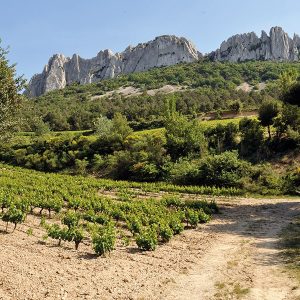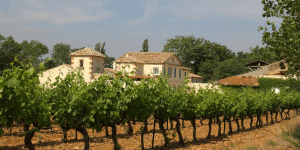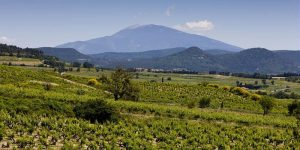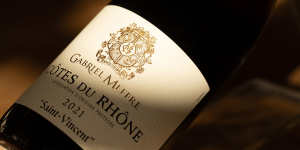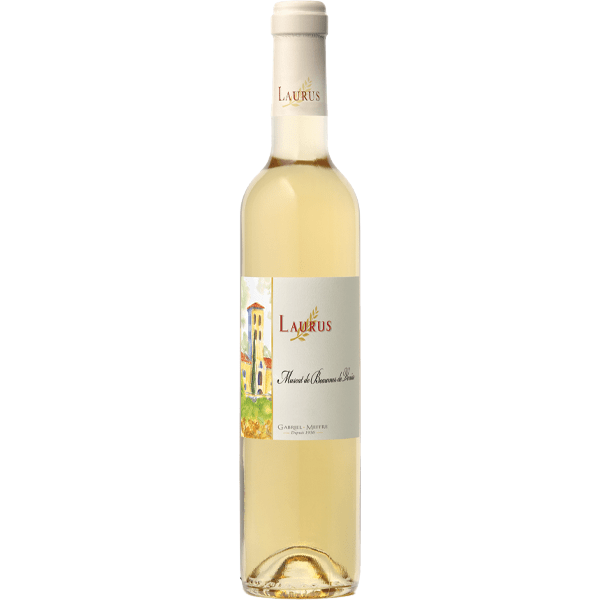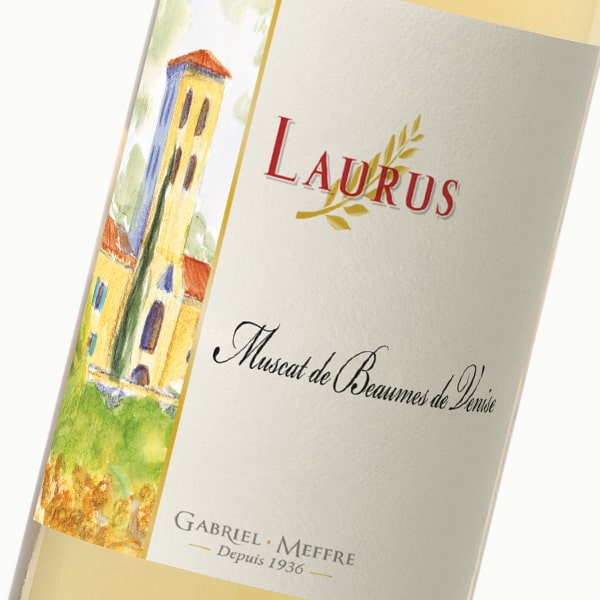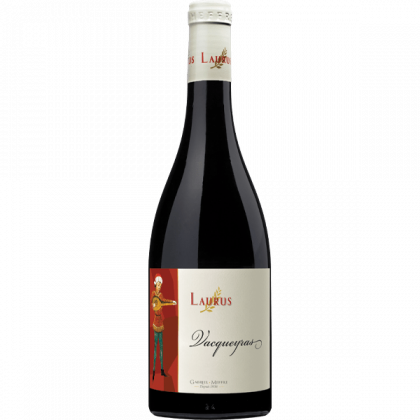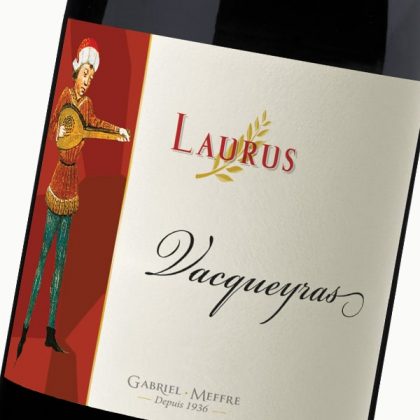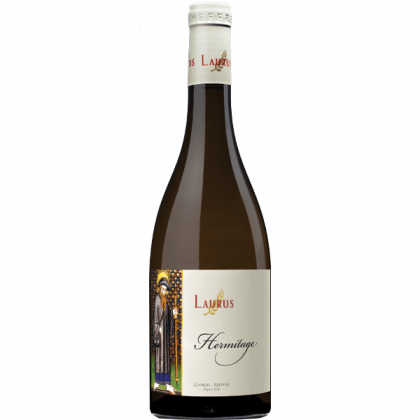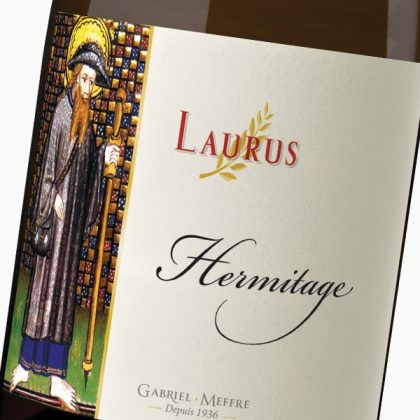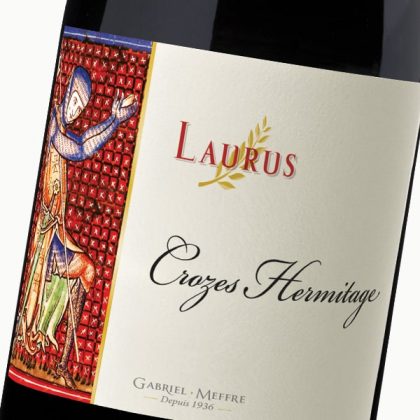Muscat Beaumes de Venise 2013
VDN Muscat Beaumes de Venise White
Awards
- 14/20 Bettane & Desseauve
TastingPale golden yellow colour. Powerful nose with notes of Muscat, quince jelly and white fruit. An elegant and mellow Muscat wine with an aerial finish (June 2014).
Pale golden yellow colour. Powerful nose with notes of Muscat, quince jelly and white fruit. An elegant and mellow Muscat wine with an aerial finish (June 2014).
Food & wine pairingsSkillet-cooked foie gras
Pineapple Carpaccio
Lemon meringue pie
Baked Alaska
Skillet-cooked foie gras
Pineapple Carpaccio
Lemon meringue pie
Baked Alaska
Pineapple Carpaccio
Lemon meringue pie
Baked Alaska
Detailed information
Vintage
The cold and wet spring resulted in late, slow flowering. The hot summer followed by storms in September helped to reboot the maturing process. Vigilance was at its peak until the harvests, which count among the latest in recent years.
Grape varieties
Muscat à petits grains
Terroir
Vines selected from the southerly slopes of the Appellation.
Soils made up of stony limestone, sandstone, sand and marl. The strong Mistral wind in this area plays a part by protecting this fragile grape variety from disease.
Soils made up of stony limestone, sandstone, sand and marl. The strong Mistral wind in this area plays a part by protecting this fragile grape variety from disease.
Winemaking
Grapes where entirely manually harvested when they were fully ripe. Part of the vintage underwent cold process skin maceration to promote the development of aromas. Fermentation under strictly controlled temperatures (16/18 °C). At 115 g per litre of residual sugar, the fermenting process was voluntarily stopped through fast cooling of the vat to 0 °C and through mutage, by adding alcohol.
Production: 2,000 bottles
Bottled on: June 2014
Service
Serve chilled at 10-12° C
Optimum maturity: 2014-2018
Degree of alcohol
15% vol.
You will like also ...
-
94 Pts90-93 pts****
Vacqueyras 2016
22,00 € – 48,50 €the bottleAOP Vacqueyras
Red
sold by 1 × 75clor1 × 150clSelect options -
94 Pts94 pts15/20
-
Secure payment
Customer service at your disposal at 04 90 12 30 21
